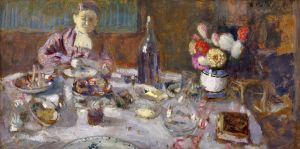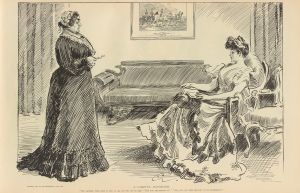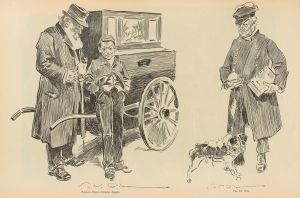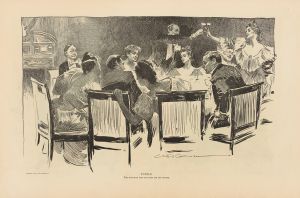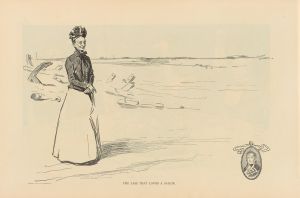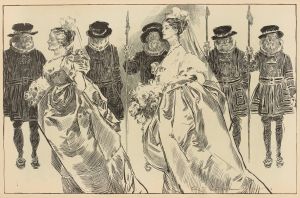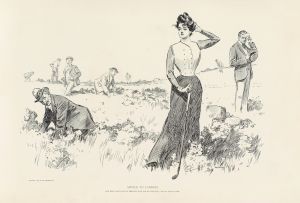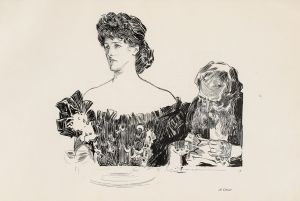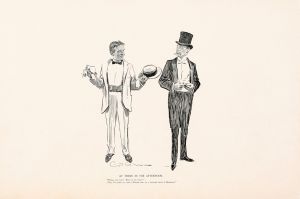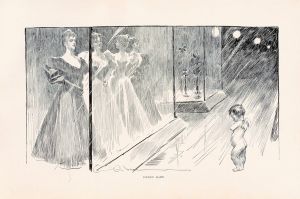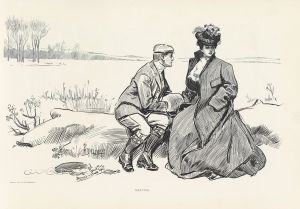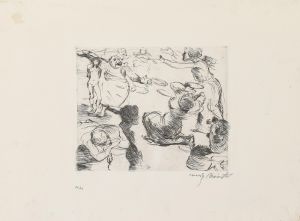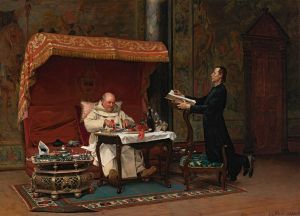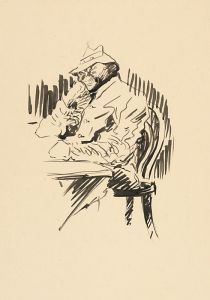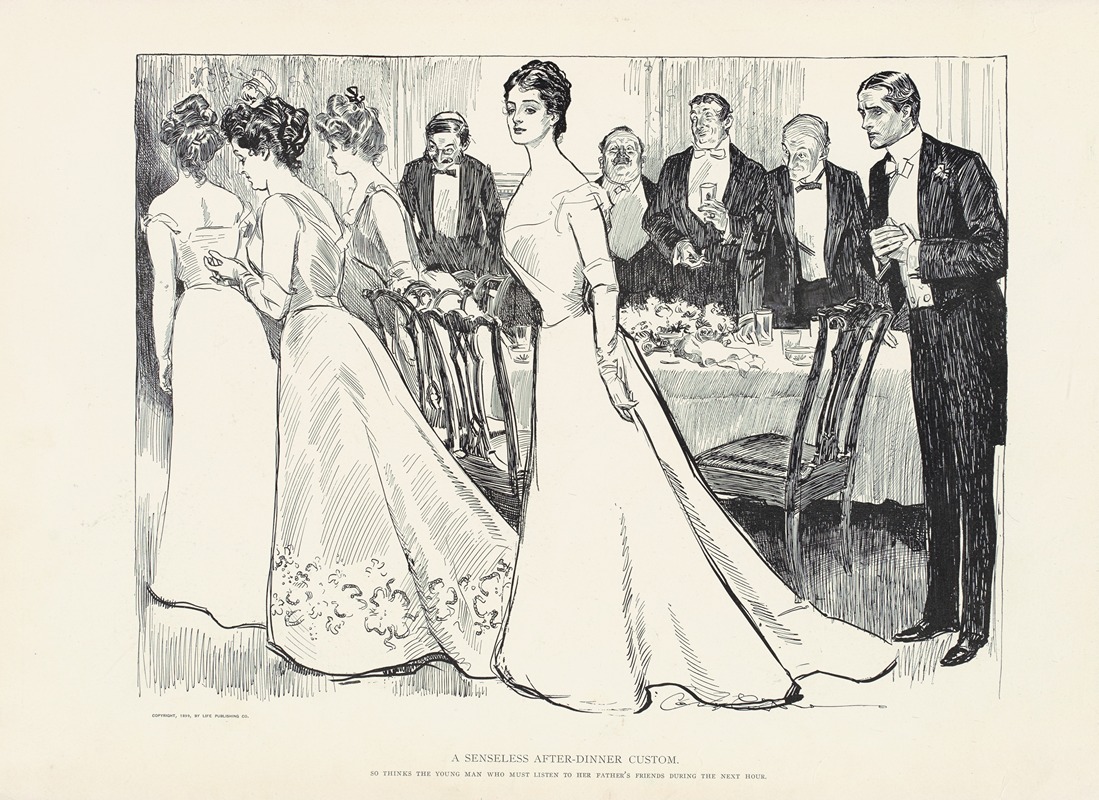
A Senseless after-dinner custom
A hand-painted replica of Charles Dana Gibson’s masterpiece A Senseless after-dinner custom, meticulously crafted by professional artists to capture the true essence of the original. Each piece is created with museum-quality canvas and rare mineral pigments, carefully painted by experienced artists with delicate brushstrokes and rich, layered colors to perfectly recreate the texture of the original artwork. Unlike machine-printed reproductions, this hand-painted version brings the painting to life, infused with the artist’s emotions and skill in every stroke. Whether for personal collection or home decoration, it instantly elevates the artistic atmosphere of any space.
Charles Dana Gibson was a prominent American illustrator, best known for his creation of the "Gibson Girl," an iconic representation of the American woman at the turn of the 20th century. His work was widely published in magazines such as Life, Harper's Weekly, and Scribner's, and he became one of the most celebrated illustrators of his time. One of his notable works is "A Senseless After-Dinner Custom," which reflects his keen observation of social customs and his ability to capture the nuances of human behavior through his art.
"A Senseless After-Dinner Custom" is a black-and-white illustration that exemplifies Gibson's skill in using pen and ink to create detailed and expressive images. The illustration depicts a social scene, likely from the late 19th or early 20th century, which was a period marked by strict social conventions and elaborate etiquette, especially among the upper classes. Gibson's work often satirized these customs, highlighting their absurdities and the constraints they imposed on individuals.
In this particular illustration, Gibson captures a moment that critiques the social ritual of after-dinner activities, which were common in high society. These activities often involved the separation of men and women, with men typically retiring to another room for cigars and conversation, while women remained in the dining room or moved to a drawing room. This custom reflected the gender norms and expectations of the time, where men and women were often segregated in social settings, and their interactions were governed by strict rules of propriety.
Gibson's illustration likely uses humor and exaggeration to comment on the futility and rigidity of such customs. His work often featured exaggerated expressions and postures, which served to emphasize the ridiculousness of the situations he depicted. By doing so, he invited viewers to question the validity and necessity of these social rituals, encouraging a more critical view of the traditions that governed their lives.
The impact of Gibson's work, including "A Senseless After-Dinner Custom," extended beyond mere entertainment. His illustrations played a role in shaping public perceptions of social norms and contributed to the broader cultural dialogue about gender roles and societal expectations. The "Gibson Girl," for example, became a symbol of the changing role of women in society, representing independence, confidence, and a break from traditional constraints.
Gibson's legacy as an illustrator is significant, as his work not only captured the essence of his era but also influenced the development of American illustration and visual culture. His ability to blend artistry with social commentary made his illustrations enduringly relevant, offering insights into the complexities of human behavior and the societal structures of his time.
In summary, "A Senseless After-Dinner Custom" by Charles Dana Gibson is a reflection of the artist's talent for critiquing social conventions through his art. By highlighting the absurdities of such customs, Gibson's work encourages viewers to reflect on the societal norms of the past and consider their relevance in the present.





